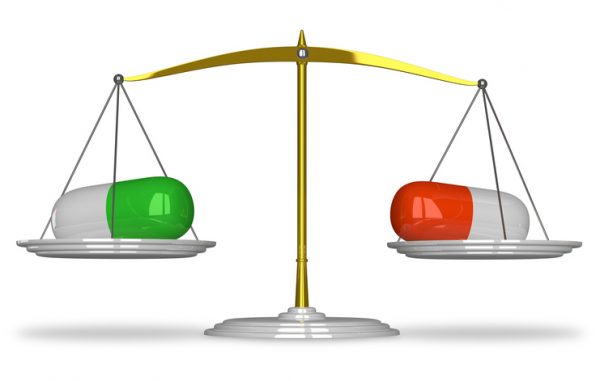
Knock-off versions of biotech drugs have been on the market for several years now, but one way that the US market for biosimilars has lagged behind its European counterpart is on the question of interchangeability of biosimilars with their reference products.
On Friday, the Food and Drug Administration issued a final guidance on interchangeability, meaning the ability to substitute one product for the other without a prescriber’s involvement, as is the case for generic pharmaceutical drugs. It’s a finalization of a draft guidance issued in January 2017.

The Funding Model for Cancer Innovation is Broken — We Can Fix It
Closing cancer health equity gaps require medical breakthroughs made possible by new funding approaches.
The Biologics Price Competition and Innovation Act of 2009 created the FDA approval pathway for biosimilars. Since then 19 biosimilars have been approved, starting with the March 2015 approval of Sandoz’s Zarxio (filgrastim-sndz), a biosimilar of Amgen’s Neupogen. However, Zarxio is not considered interchangeable with Neupogen, meaning that if a patient is prescribed Neupogen, the pharmacy cannot substitute Zarxio. The most recently approved biosimilar is Samsung Bioepis’ Eticovo (etanercept-ykro), approved in April of this year as a biosimilar of Amgen’s Enbrel, but also not interchangeable with its reference product.
“Today, the FDA is taking a significant action that will help promote competition in the biologic market by providing final guidance on the pathway for ‘interchangeable’ biologics, which may be substituted without the involvement of the prescriber, similar to how generic drugs are routinely substituted for brand name drugs when they are prescribed for patients,” acting FDA Commissioner Ned Sharpless said in a statement.
Considerations for demonstrating interchangeability include the data and information recommended to support demonstrating interchangeability; design and analysis of clinical trials that involve switching between biosimilars and their reference products; what the comparator products in those studies should be; and how to develop presentations for proposed interchangeable products.
In other words, the FDA will require additional testing on top of the clinical trials that biosimilar developers must already perform in order to consider a biosimilar interchangeable with its reference product. The policy has won applause from BIO, the biotechnology trade group. “As BIO has reiterated for some time, the licensure criteria for interchangeability are legally and scientifically distinct from the standards for establishing biosimilarity, and consequently demonstrating interchangeability requires an additional, more extensive showing,” read comments from the organization on the 2017 draft guidance in the Federal Register.

Reducing Clinical and Staff Burnout with AI Automation
As technology advances, AI-powered tools will increasingly reduce the administrative burdens on healthcare providers.
By contrast, the European Medicines Agency – which has had a regulatory approval pathway for biosimilars since 2006 – does not evaluate interchangeability and instead leaves that up to the national governments of countries under its purview. The EMA regulates drugs for the European Union plus the European Economic Area nations of Norway, Iceland and Liechtenstein.
Photo: Dmitrii_Guzhanin, Getty Images








